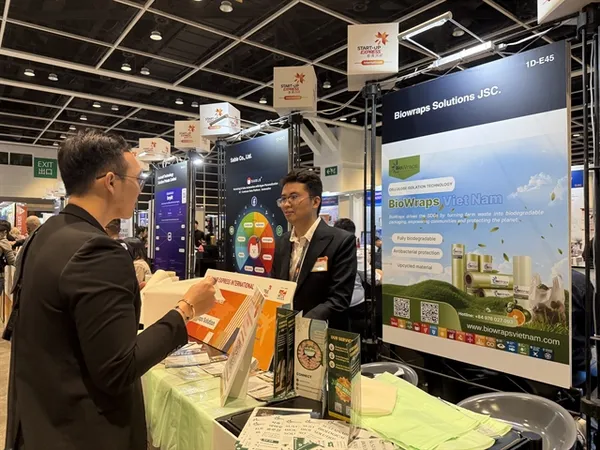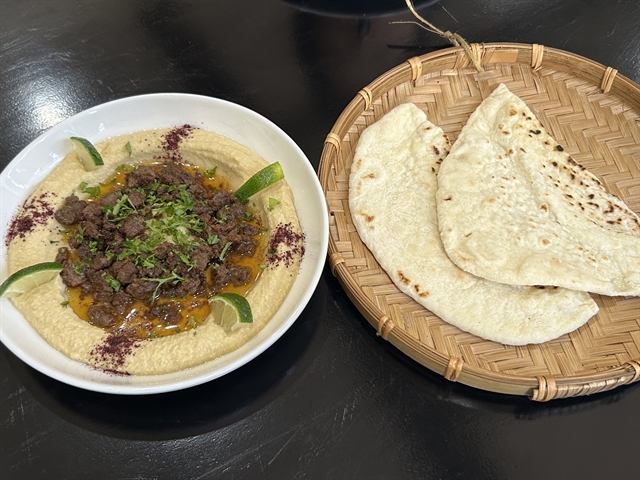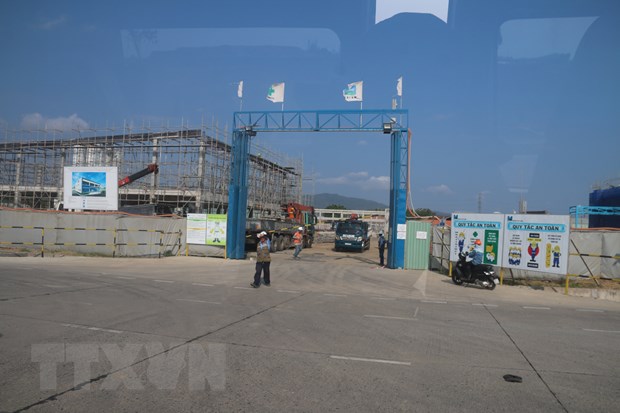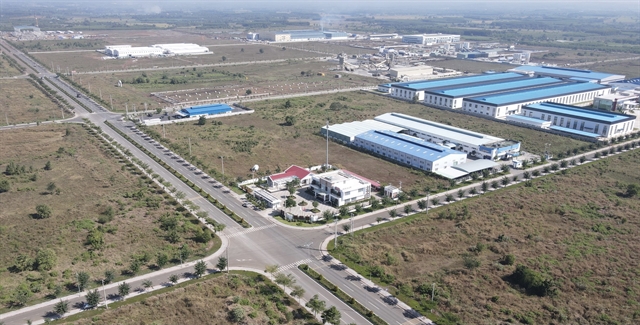 Economy
Economy

 |
| The Phú Mỹ 3 Industrial Park in Phú Mỹ Town in Bà Rịa-Vũng Tàu Province. The province remains an attractive destination for foreign direct investment post-COVID. — VNA/VNS Photo Hoàng Nhị |
BÀ RỊA-VŨNG TÀU — The COVID-19 pandemic in the last two years notwithstanding, the southern province of Bà Rịa-Vũng Tàu remains an attractive destination for foreign direct investment.
With its ideal location in the southern key economic zone and 100km from HCM City, the province offers investors a number of advantages.
Besides, it has unveiled an action plan to improve the business climate and enhance competitiveness to attract FDI.
It has upgraded infrastructure at industrial parks with an eye on large environment-friendly high-tech projects.
Kyoei, Nippon, Sumitomo, Itochu, Mitsubishi, and Lotte are some of the giant corporations that already have a presence in the province.
Nguyễn Anh Triết, head of the Bà Rịa-Vũng Tàu Industrial Park Authority, said there are incentives for industrial parks to attract investment, and administrative and land clearance procedures are being streamlined to develop industrial infrastructure.
Nearly 50 potential investors have signed MoUs and registered to lease more than 1,000 hectares of industrial lands, he revealed.
The province plans to build eight industrial zones covering more than 8,000ha by 2030 to meet the huge demand, he added.
Nguyễn Văn Thọ, chairman of the provincial People’s Committee, said the five main areas of foreign investment are manufacturing, ports, logistics, tourism, and high-tech agriculture.
The province plans to amend the list of industries in which it seeks investment in industrial zones, with more space freed up in the zones to develop logistics to meet export companies’ requirements.
By 2030, it will develop ports and port logistics services into a key economic sector to support the development of other industries, trade and services.
Its 47 seaports handle around 137 million tonnes of cargo a year.
It will also develop the Cái Mép Free Trade Zone in Phú Mỹ Township.
The Ministry of Transport recently approved a VNĐ1.4 trillion (US$59.6 million) project to upgrade the navigation channel to the Cái Mép – Thị Vải Port Cluster to allow the passage of large ships (over 18,000 TEU).
 |
| Đất Đỏ 1 Industrial Park in Đất Đỏ District's Phước Long Thọ Commune in Bà Rịa-Vũng Tàu Province. — VNA/VNS Photo |
Businesses from 30 countries and territories have invested nearly $30 billion in 442 projects in the province, according to its Department of Planning and Investment.
Of them, 270 projects worth $12.23 billion are in industrial parks.
Vietnamese businesses have invested more than VNĐ346.3 trillion in 688 projects in the province.
The province attracted $643 million worth of FDI in the first ten months, according to the department.
The province has the fourth highest FDI in the country behind HCM City and Bình Dương and Bắc Ninh provinces.
It plans to organise an investment promotion conference this month to announce a list of projects requiring investment in 2022-25.
Since its creation 31 years ago, Bà Rịa-Vũng Tàu has become one of the country’s wealthiest provinces.
Besides the oil and gas sector, it has invested in manufacturing, ports, tourism, and high-tech agriculture.
Its economic growth has been steady over the years. Even at the most difficult time during the COVID-19 pandemic, it grew at 6.1 per cent, the third highest rate among Việt Nam’s 63 cities and provinces. Its per capita income is $13,000.
The province’s maritime economy, including tourism, ports, oil and gas, and seafood exploitation and processing, has great potential.
It is the largest steel, gas, electricity, and nitrogen producer in the country, and can ensure uninterrupted supply of inputs and power for large projects.
In the last few years, its economy has gradually transformed from exploiting natural resources to services, tourism, ports, and hi-tech agriculture. — VNS